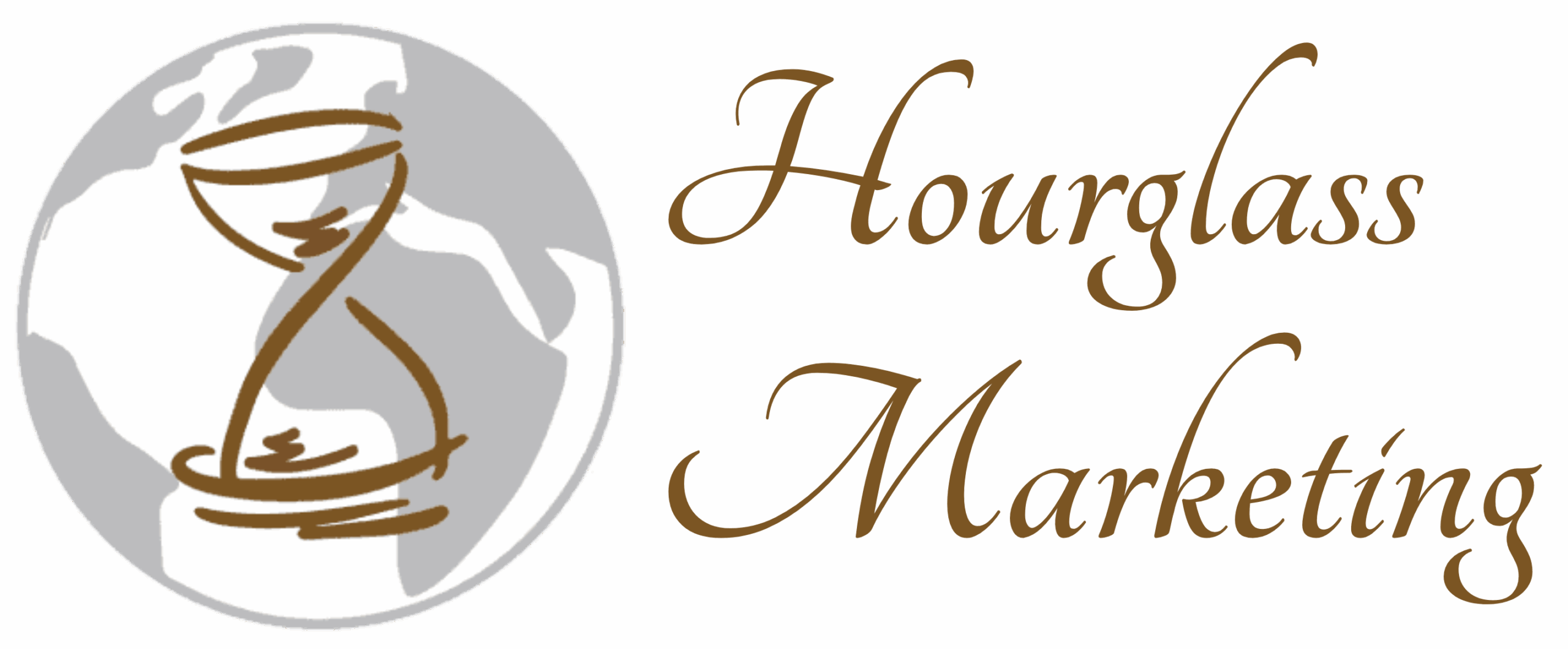
In the complex world of Search Engine Optimization (SEO), we often hear about the big hitters: keyword research, content creation, and securing valuable backlinks. While these are undeniably crucial, there’s a powerful, often overlooked SEO strategy that you have complete control over: internal linking.
Think of your website as a vast, interconnected city. Internal links are the roads and pathways that guide visitors and search engine bots through its streets. When done effectively, internal linking doesn’t just boost your SEO; it dramatically enhances the user experience (UX), creating a win-win for your digital presence.
Keywords people commonly search for related to this topic:
internal linking strategyinternal linking best practiceswhat are internal links seohow internal links help seointernal linking for uxsite structure seolink juice seo
Let’s explore how to master this essential technique.
Why Internal Linking is an SEO Powerhouse
Internal links play a critical role in SEO for several reasons:
- Distributes Page Authority (Link Juice): When a high-authority page on your site receives backlinks, some of that “link juice” can be passed on to other relevant pages through internal links. This helps less authoritative pages rank higher.
- Improves Crawlability & Indexing: Search engine crawlers (like Googlebot) follow links to discover new and existing pages on your website. A robust internal link structure ensures that all your important content is found and indexed.
- Defines Site Structure & Hierarchy: Internal links clearly communicate to search engines which pages are most important on your site and how different pieces of content relate to each other. This helps Google understand your site’s topical authority.
- Boosts User Experience (UX): Well-placed internal links guide users to related content, keeping them on your site longer, reducing bounce rates, and increasing engagement. This natural flow of information makes your website more valuable to visitors.
- Strengthens Topical Authority: By linking related articles together, you demonstrate to search engines that your website has comprehensive coverage and deep expertise on a particular subject, strengthening your overall topical authority.

Internal Linking Best Practices: How to Do It Right
Now that you understand the “why,” let’s dive into the “how.”
- Create Plenty of High-Quality Content: This is the foundation. The more relevant, valuable content you have, the more opportunities you’ll have for meaningful internal links. Think about content clusters and pillar pages.
- Use Descriptive Anchor Text:
- What it is: The visible, clickable text of a hyperlink.
- Why it matters: Instead of generic “click here,” use anchor text that accurately describes the linked page’s content. This tells both users and search engines what the destination page is about.
- Example: Instead of “Learn more about SEO [click here],” use “Discover the ultimate guide to [keyword research for beginners].”
3. Link to Relevant Content Only:
- Context is King: Only add internal links when it genuinely enhances the reader’s understanding or provides further, relevant information. Don’t force links where they don’t belong.
- Tip: While writing, ask yourself: “Does this link help the reader or give them more context?”
4. Prioritize Important Pages:
- Ensure your most important pages (e.g., core service pages, pillar content) receive the most internal links from other relevant pages across your site. This signals their importance to search engines.
- Analogy: These are your “main highways” receiving traffic from many “smaller roads.”
5. Don’t Overdo It (Quantity vs. Quality):
- There’s no magic number, but avoid excessive linking within a single paragraph or post. Focus on quality, natural placement over sheer volume. A good rule of thumb is a few relevant links per 500 words, but this can vary.
6. Utilize Your Navigation & Footer:
- Main Navigation: Your primary menu is a crucial internal linking tool, helping users and bots understand your site’s main sections.
- Footer Links: Useful for linking to less prominent but still important pages like “Privacy Policy,” “Terms of Service,” or even key category pages.
7. Identify Orphan Pages:
- These are pages on your site with no internal links pointing to them. Search engines struggle to find and crawl them, meaning they often won’t rank. Regularly audit your site to find and link to these pages.
- Tools: Many SEO tools (like Ahrefs, SEMrush, Screaming Frog) can help you identify orphan pages.
8. Link from High-Authority Pages:
- Identify your top-performing pages (those with high external backlinks or strong organic traffic). Strategically link from these pages to other relevant, less authoritative pages you want to boost.
9. Periodically Review and Update:
- Your website evolves, and so should your internal link structure. As you add new content, go back to older, relevant posts and add new internal links to your latest creations. This keeps your site fresh and interconnected.

Start Building a Stronger Web Today!
Internal linking is a continuous process, not a one-time task. By thoughtfully weaving relevant links throughout your content, you’re not only enhancing your SEO performance by guiding search engines, but you’re also significantly improving the user experience by providing a richer, more accessible journey through your valuable content. This makes your website a more authoritative and user-friendly resource in the eyes of both visitors and Google.
Is your website’s internal linking structure truly optimized for success?
At Hourglass Marketing, we specialize in comprehensive digital marketing strategies, including in-depth SEO audits and internal linking optimization to ensure your website’s architecture supports your ranking goals.


